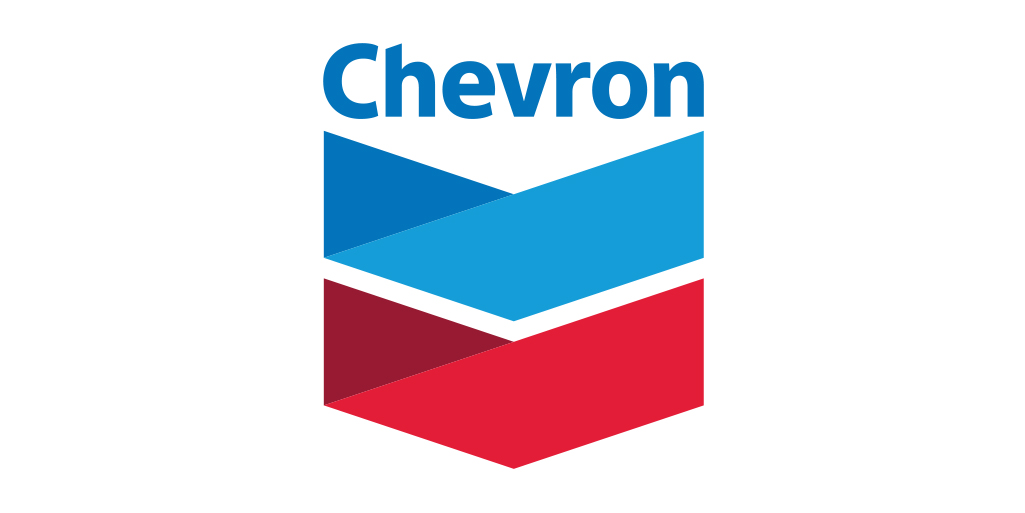Nigeria’s food inflation rate dropped sharply to 22.74% in July 2025 from 39.53% a year earlier, marking a 16.79 percentage point decline, according to the National Bureau of Statistics (NBS).
The figure also fell significantly from June 2025’s 45.4%. NBS attributed the easing to a base-year change, also the improvement of agricultural supply due to the harvest season, is another major factor.
Month-on-Month Food Inflation Slows
On a month-on-month basis, food inflation eased to 3.12% in July from 3.25% in June, reflecting reduced price pressures.
This was largely due to falling average prices of key staples, including vegetable oil, white beans, local rice, maize, wheat flour, guinea corn, millet, and sorghum.
Improved market availability during harvest season played a key role in dampening food price growth.
State-by-State Food Inflation
The NBS data showed notable disparities across states. Borno (55.56%), Osun (29.10%), and Ebonyi (29.06%) recorded the highest year-on-year food inflation, while Katsina (6.61%), Adamawa (9.90%), and Zamfara (14.72%) saw the slowest increases. On a month-to-month basis, food inflation was highest in Borno (10.89%), Kano (10.86%), and Sokoto (7.4%), while Bauchi (-2.18%) and Abia (-1%) recorded declines, indicating localized supply improvements.
Market Survey Confirms Price Drops in Staples
A Food Price Survey by Nairametrics for the month of July, covering major Lagos markets like Mushin, Mile 12, Oyingbo, and Daleko, revealed broad price declines during the period.
In the report, traders attributed the trend to seasonal harvests and better supply chain flows, easing pressure on household food budgets.
Items That Recorded Price Declines
According to the report, while some items became more expensive, many staples saw sharp drops, offering relief to consumers. White garri (50kg) plunged 33.33% from ₦45,000 to ₦30,000 on strong harvest supply. Dry onions fell 15.38% to ₦110,000 per big bag, and melon (egusi) dropped 15.15% to ₦280,000.
Tuber of yam slid 14.29% to ₦6,000, while Honeywell Semo fell between 11.11% and 12.24% across sizes. Ayoola Poundo Yam Flour (4.5kg) declined 10.81%, yellow garri (50kg) dropped 10.53% to ₦34,000, and peak tin milk (400g) slid 10.32%. Potatoes, Honeywell wheat, ThreeCrown milk refill, yellow maize, and frozen turkey all saw price cuts ranging from 8.54% to 10%. Traders credited these drops to August’s seasonal glut in farm produce.
Items Still Recording Price Increases
Despite the broader slowdown, the report showed that some commodities saw price hikes in August 2025. Titus mackerel fish rose 14.29% from ₦7,000 to ₦8,000/kg due to higher import costs and reduced cold-room supply. Oloyin beans climbed 11.11% to ₦100,000 per 50kg bag, while brown beans gained 4% to ₦80,000.
A big bag of pepper surged 10.71% to ₦155,000, with medium bags up 6.67% to ₦80,000, linked to seasonal scarcity and transport disruptions. Other notable increases included Power Pasta (500g) up 10.53% to ₦1,050, white maize (50kg) rising 6.90% to ₦62,000, and Olaola Poundo Yam Flour (2.267kg) up 10% to ₦27,500.
Outlook
With the harvest season in full swing, analysts expect short-term food price stability, though import-dependent items may face continued pressure from currency fluctuations and logistical challenges.





















